We may earn money or products from the companies mentioned in this post. This means if you click on the link and purchase the item, I will receive a small commission at no extra cost to you ... you're just helping re-supply our family's travel fund.
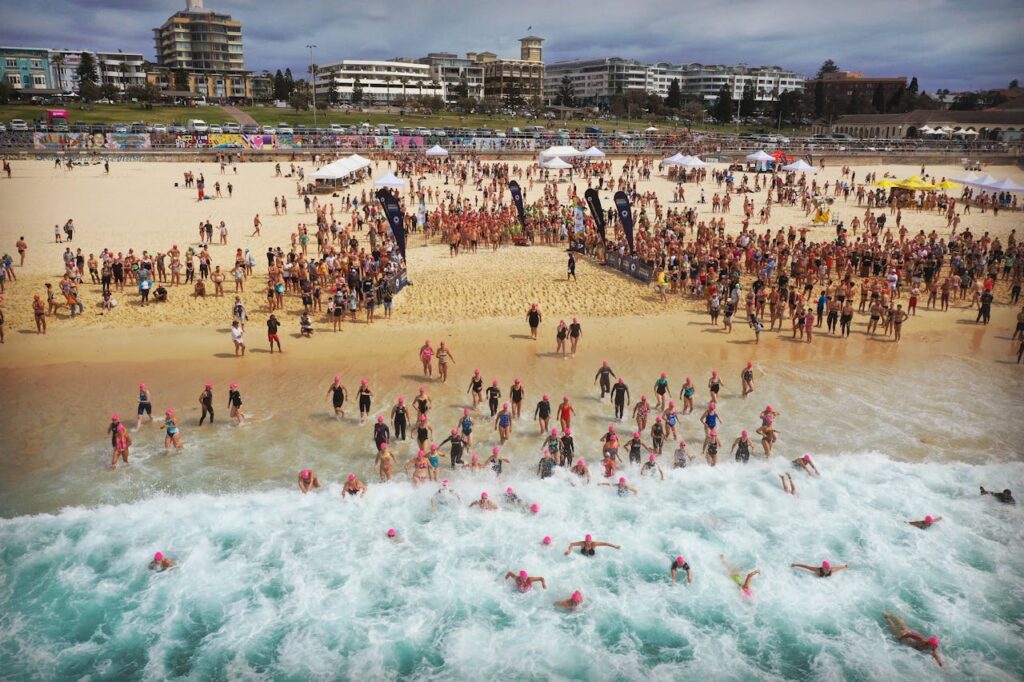
There’s nothing like the promise of a quiet shoreline and clear water—until you arrive and all that’s left is a patch of sand between a speaker and a soccer game. Here’s what people don’t always tell you: the destination matters, but timing and research matter even more. Let’s break down the signs that you’re about to walk into more crowd than escape.
1. It Trends on Every “Best Beaches” List
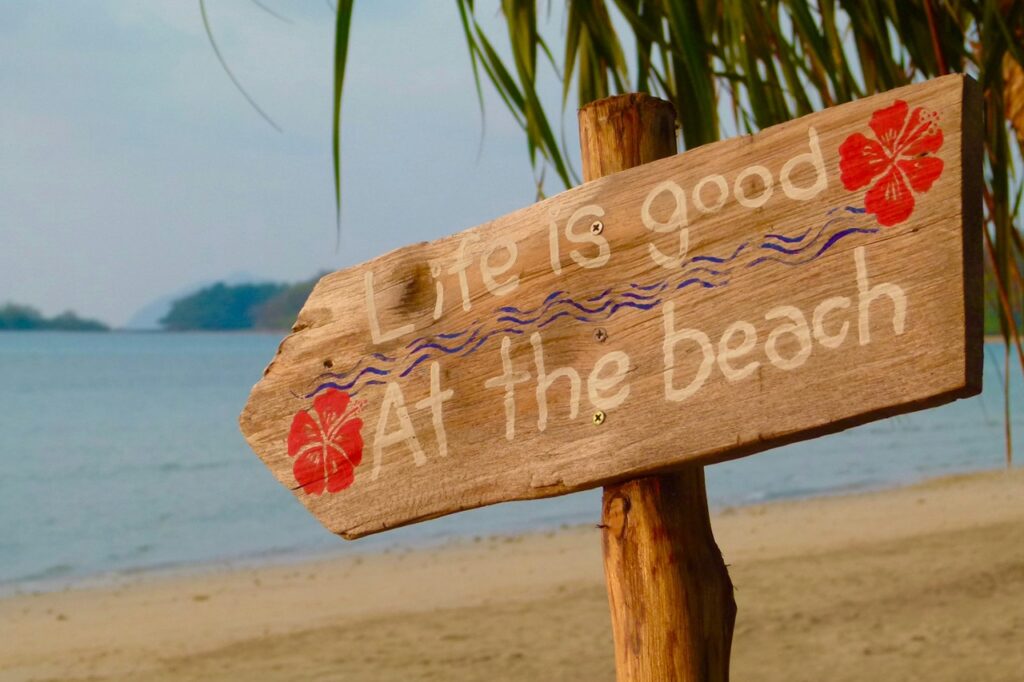
If every travel magazine, social feed, and travel blog is praising the same stretch of sand, be wary. When the beach shows up on endless “must-see” rankings and influencer guides, it’s a signal that everyone else is seeing it too. That kind of attention almost always leads to overcrowding, especially in high season. Before you follow the hype, consider what kind of beach day you really want.
2. Social Media Feeds Are Flooded with Geotags

Take a look at Instagram, TikTok, or Google Maps and count recent posts at your dream beach. If every time you search, you see hundreds of new selfies, drone shots, and reels from that same spot, get ready to share your slice of sand with the world—or at least a steady stream of strangers. When a location goes viral, quiet days are usually long gone.
3. Parking Is a Battle—All Year Long
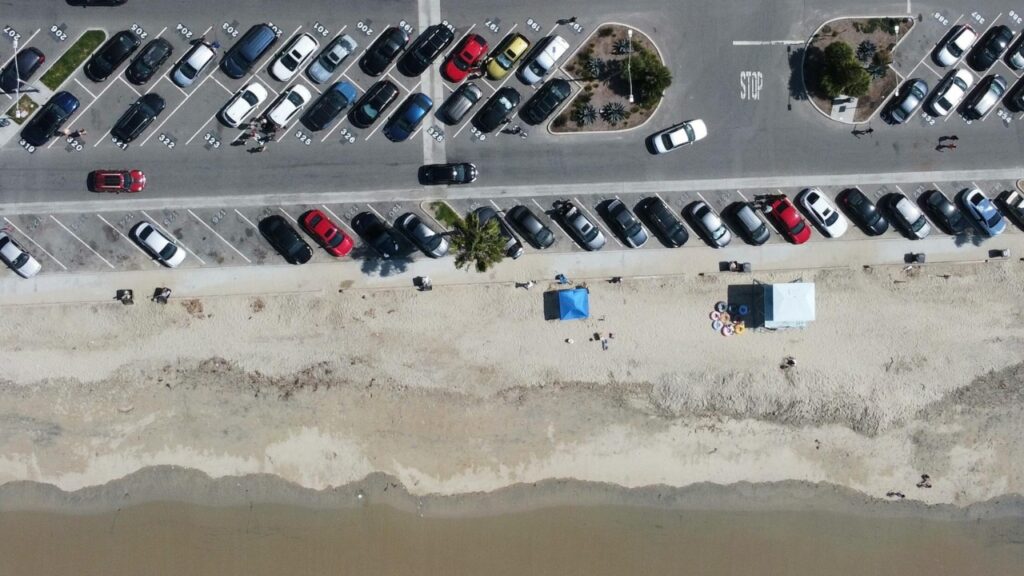
Here’s the thing: if the top review on every forum or map is all about parking stress, back up. Beaches where parking fills up by mid-morning, side streets are lined bumper-to-bumper, and traffic backs up just to get near the sand are classic indicators of a popular, overcrowded spot. Don’t be surprised if you spend more time looking for a slot than enjoying the waves.
4. Reviews Mention Long Waits for Everything

What this really means is you’ll be queuing for far more than sun and surf. Scan comments for mentions of waits to access restrooms, grab food, rent chairs, or find a decent patch of sand. If multiple travelers recall losing chunks of their day to lines and juggling for space, take the hint—tranquil escapes don’t come with crowd control barriers and ticket systems.
5. Beach Fees Spike in High Season
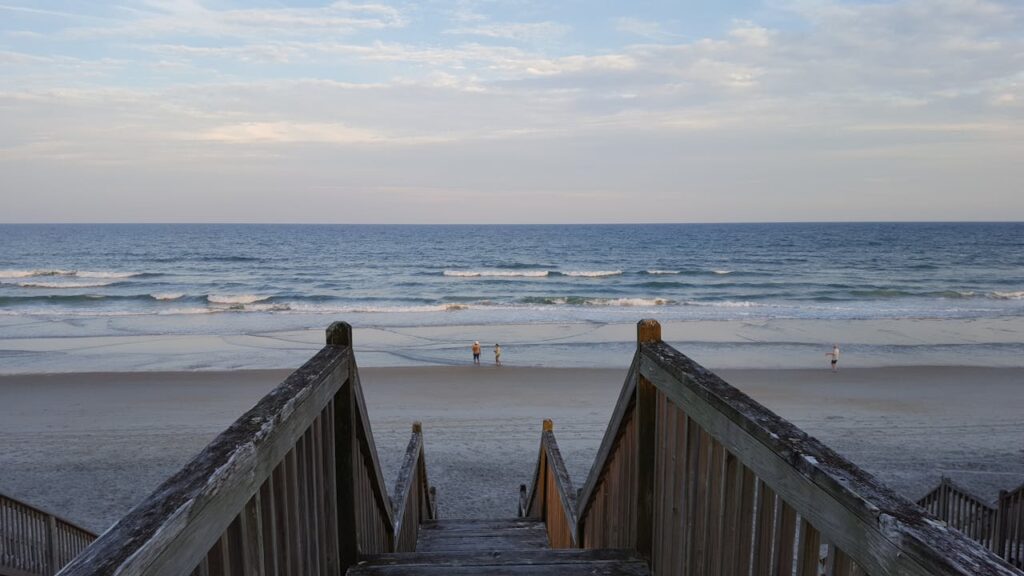
Check the price. Steep parking fees, entry charges, or gear rentals that double during peak months are a warning sign. These hikes often aren’t just about extra revenue—they’re crowd management tools, an attempt to keep demand in check. If the cost to claim your spot climbs dramatically in summer, you’re not alone; the crowds are coming, too.
6. Hotels and Rentals Book Out Far in Advance
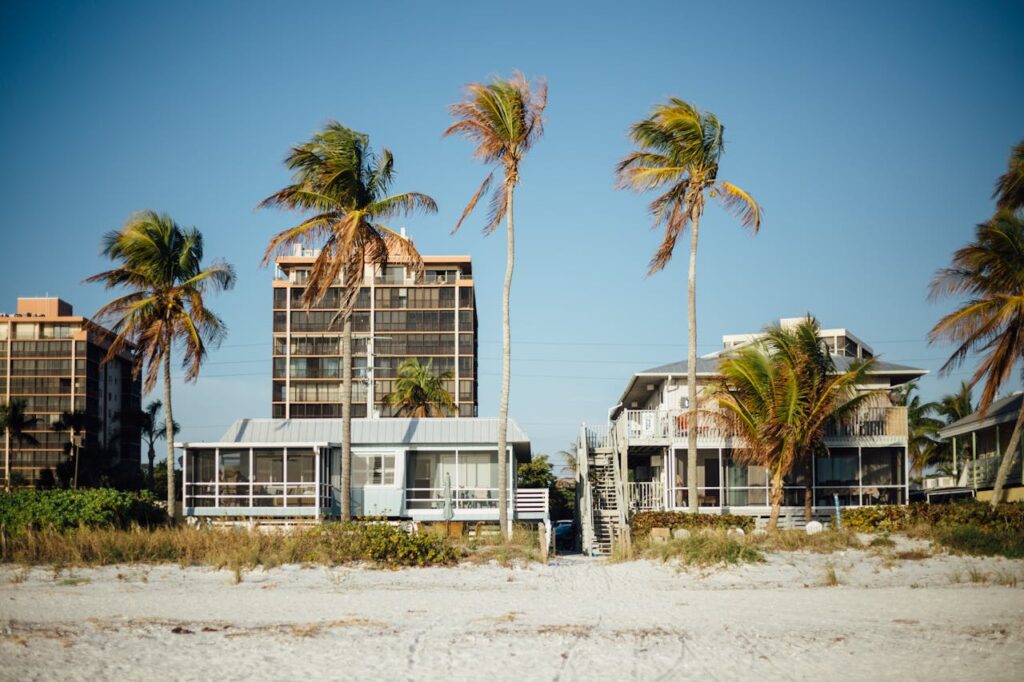
If rooms are snatched up months ahead, with even simple guesthouses unavailable during prime weeks, stop and think. Heavy pre-booking leads to dense crowds—on the sand, at every meal, and along every path. Especially when you see reviews about last-minute panics or inflated prices, you can expect streets and shorelines packed way past comfortable capacity.
7. Overbuilt Boardwalks and Endless Vendors
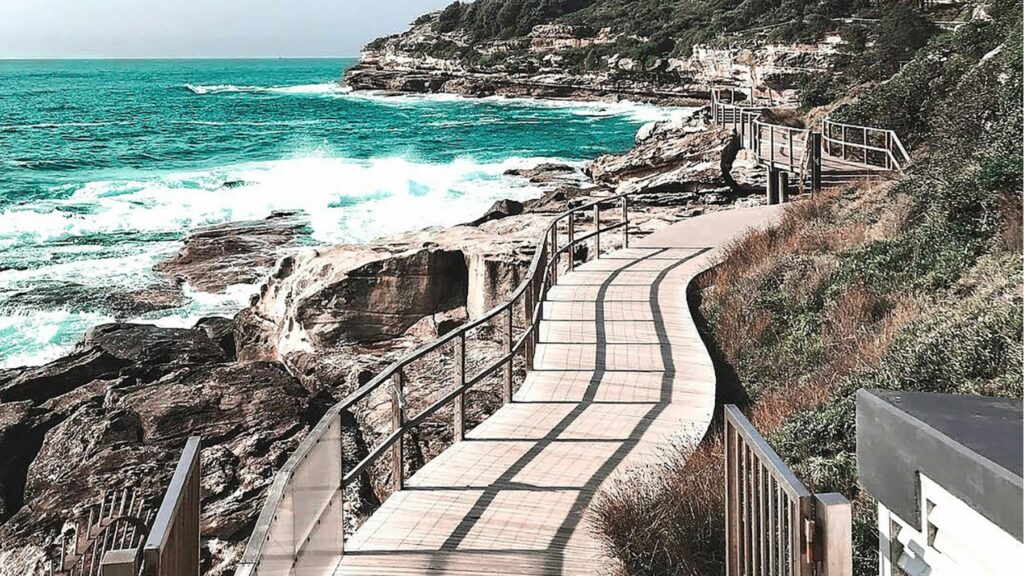
Let’s break it down: when the walkway behind the sand is lined with souvenir stalls, chain restaurants, and barkers selling everything from jet ski rides to novelty hats, you can count on swarms of people. A place that feels more like an endless marketplace than a place to unwind has likely traded its charm for mass tourism. It’s hard to be lost in the moment with a sales pitch in your ear.
8. Local News Warns of Overtourism or Restrictions

Keep an eye out for headlines about the beach you’re considering. When towns start imposing visit limits, closing facilities, or pleading with tourists to come during off-hours, something’s up. Overcrowding can create tension with locals, strain services, and even drive municipalities to restrict beach access or fine visitors. That kind of warning is never just for show.
9. Environmental Impact Is Obvious
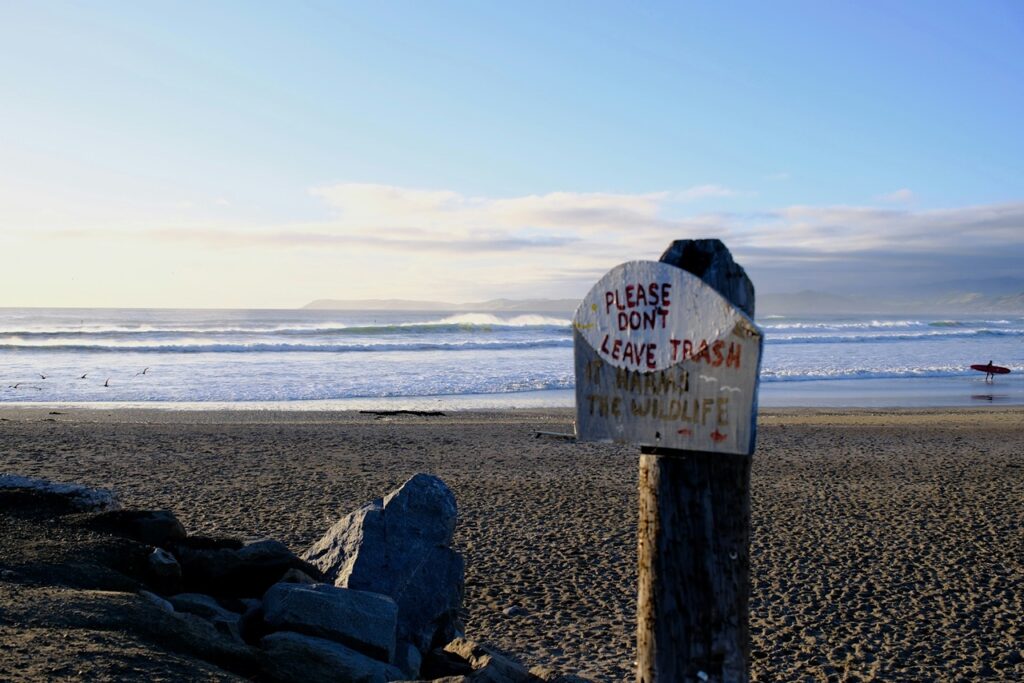
You’ll know the signs: trash bins overflowing, cigarette butts crunching under your feet, or tired stretches of dune roped off to rest. Coral reefs and wildlife often pay a high price for fame. Overcrowding wears down the natural beauty you came to see, and those scars aren’t easily covered by a new coat of sunshine.
10. The Soundtrack Isn’t the Ocean
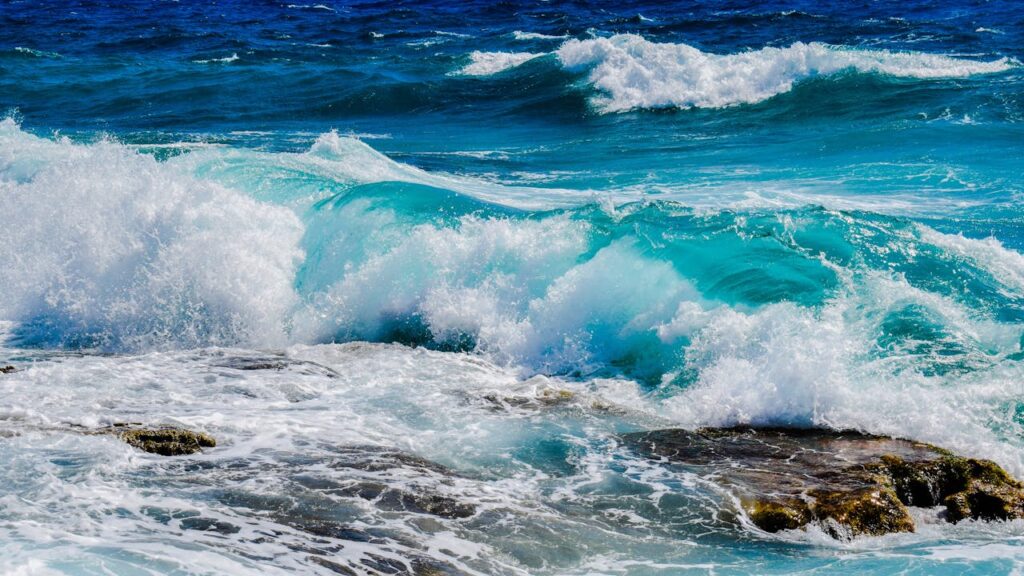
If what you hear is thumping bass, constant chatter, and the grind of scooters rather than the natural hush of waves and wind, ask yourself if you’ve picked a true retreat. The soundscape of a packed beach is all about competing distractions, not relaxation. The best beaches let time and quiet expand—because isn’t that what you came for in the first place?